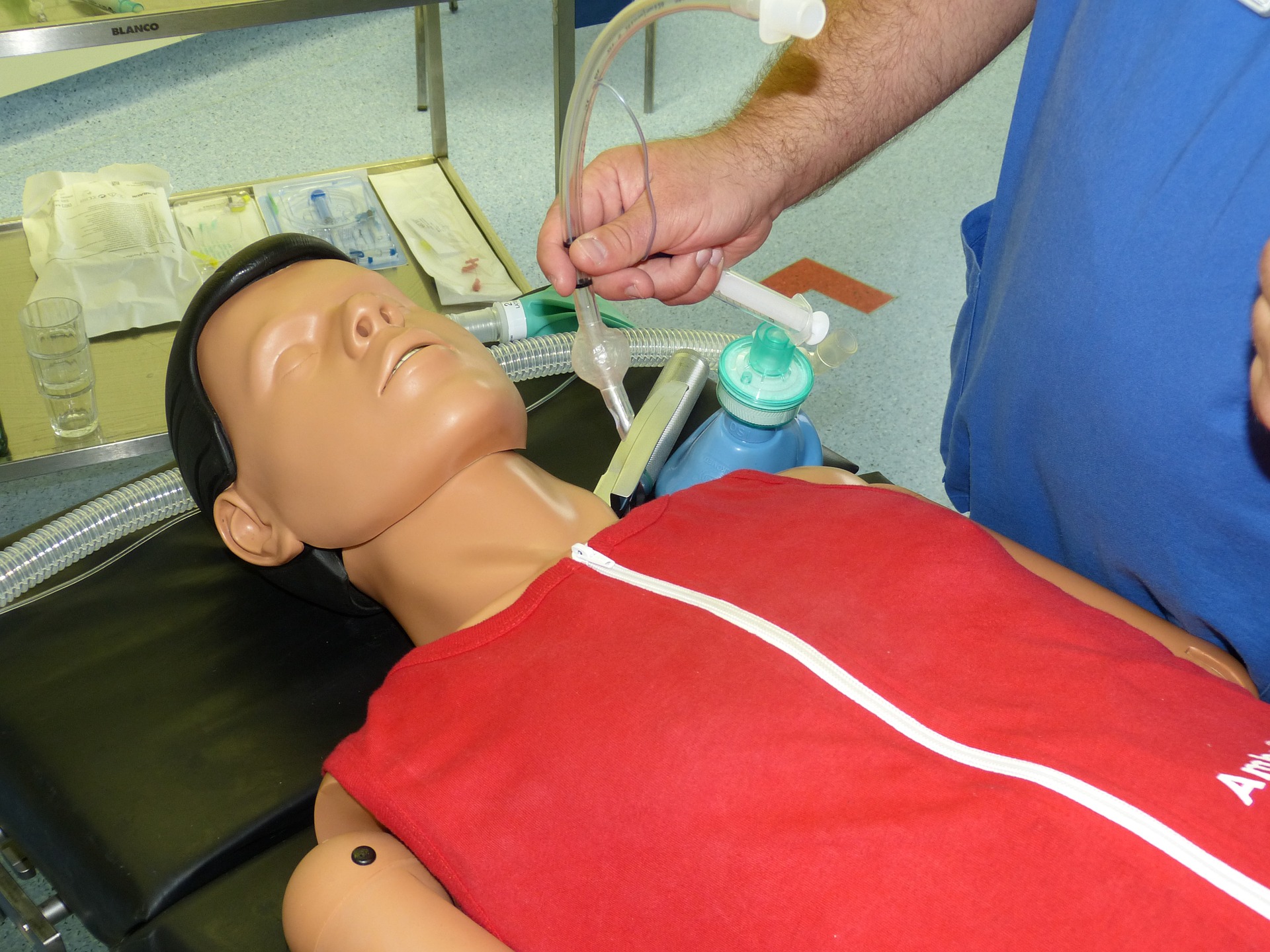Project Information

Background
The research team decided to base their project on the prehospital care of pregnant women and children due to both populations being understudied. Research showed that EMS personnel frequently encounter pregnant and laboring women and that these women are often multiparous and lacking prenatal care. The neonatal outcomes of out-of-hospital deliveries are worse than in-hospital deliveries with higher mortality rates and more complications. The few studies examining the care of pregnant women focus exclusively on obstetric delivery and do not address the wide range of EMS responses, including domestic violence, preterm bleeding, miscarriage, and medical complaints such as hypertension or diabetic problems. There is no literature on the EMS care of pregnant women who are transported for reasons other than labor.
The prehospital care of children is better studied. Pediatric patients account for approximately 10% of all EMS transports. Past research studies were usually conducted either in large urban centers or in groups of cooperating EMS agencies invested in research. The literature reflects the best possible picture of prehospital care of children. Our research study will provide a real-world perspective of pediatric prehospital care.
The chief complaints of obstetric and pediatric patients can vary. Given that training in the care of these priority population patients is limited, studying the care of these patients as educational interventions are implemented will elucidate the benefits of such interventions. The POG study implements a multi-faceted tailored educational program to determine changes in EMS knowledge and skills in pediatric and obstetric patient care.


Specific Aims
1. Assess current knowledge level of EMS providers’ care for children and pregnant women in North Carolina.
2. Develop web-based educational content to address identified knowledge gaps and deploy a two-pronged educational intervention designed to improve the care of children and pregnant women in the prehospital environment.
3. Evaluate changes in knowledge and service delivery for children and pregnant women.
Training
North Carolina EMS Systems are divided according to county and function under a Medical Director utilizing a single set of operational and medical protocols. Although the North Carolina Office of EMS requires ninety-six hours of continuing education during every four-year recertification period, there are minimal pediatrics and obstetrics training hour standards for North Carolina EMS. The majority of EMS Systems require a minimum of three hours of pediatric training, but some Systems require none.
Though limited information on pediatric continuing education exists for North Carolina EMS, information on obstetric continuing education does not exist. With minimal course offerings and requirements for pediatric emergency medicine and no known requirements for or course offerings in obstetric emergency medicine, the development of educational offerings for North Carolina EMS at no cost with limited interference to EMS schedules and increased topics availability has the potential to greatly improve EMS knowledge surrounding care for these priority populations.

Testing and Prescriptive Learning
Whereas continuing education courses often rely on individuals completing a specified number of credits, this project offers a selection of courses to EMS based on their personal knowledge deficits. By testing individuals’ knowledge and prescribing classes in areas in which participants are deficient, participants are exposed to areas of pediatric and obstetric emergency medicine in which they need further training. Personalizing courses and offering a wide selection of possible topics should decrease boredom with familiar course topics and broaden patient care knowledge.
Within EMS, learning prescriptions are a new and untested method of deploying education curriculum and content. In a thorough review of the literature, no EMS or medical programs were identified that utilize prescription learning as a tool to provide continuing education for EMS professionals. Examining EMS knowledge before and after implementation of this nuanced teaching style will provide further insight into the merits of this novel teaching method.

Web-Based Education
Traditional in-person group classes do not provide some of the benefits encountered with web-based courses. Web-based courses allow for fewer barriers to EMS accessing continuing education courses, including scheduling and cost issues. Without requiring participants to sign-up for exact dates and times, EMS may choose to take a class at any time, night or day, according to individual schedules and duties. Finally, participants will be provided new course options every year, allowing previous participants access to new information throughout the grant period.
Simulation Labs
Currently on the rise in the field of emergency medicine, this technological advance in medical training allows for first-hand experience with a multitude of medical emergencies. However, with the great expense and effort required to create these programs, especially when incorporating fully equipped ambulances which replicate the EMS environment, few of these programs exist for emergency medicine personnel. This project will allow EMS access to this valuable technology which simulates patient interaction in a safe clinical setting.

